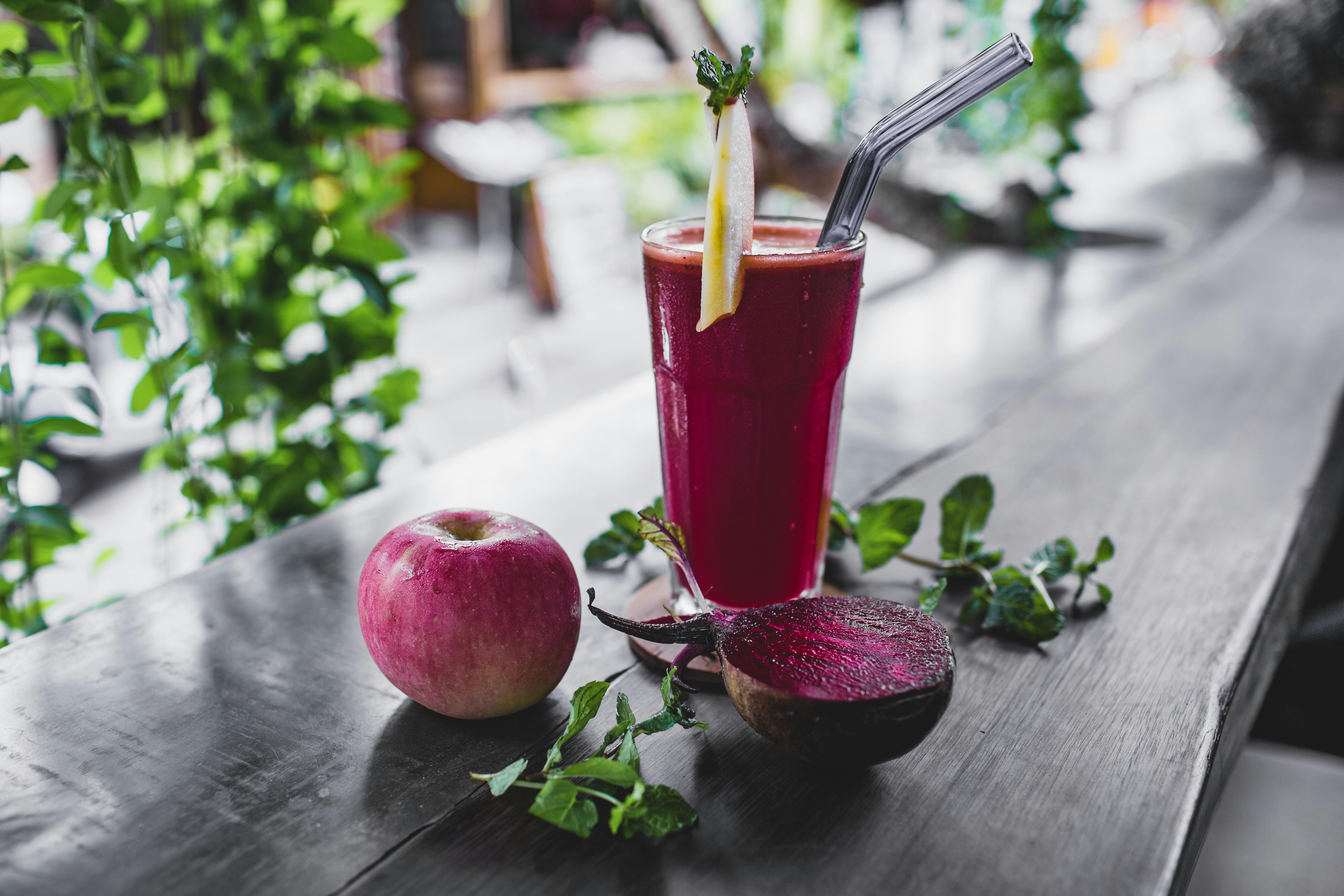
Apply Now


Smart Ways to Fix Split Ends for Healthy Hair in 2025
Understanding Split Ends and Their Causes
Split ends occur when the hair cuticle, the outer protective layer, becomes damaged. This damage can be attributed to various factors including environmental stressors, heat styling, chemical treatments, and even improper hair care techniques. Common symptoms include frayed, brittle ends that appear dry and have a rough texture. To effectively address how to fix split ends, it's essential first to understand what causes them so that appropriate preventative measures can be implemented. Environmental factors play a significant role in hair health. UV exposure can weaken hair integrity, leading to split ends. Additionally, excessive washing can strip natural oils, leaving hair fragile. Understanding these dynamics not only helps identify the sources of split end damage but also sets the foundation for implementing healthy hair habits that prevent their formation.Top Tips to Prevent Split Ends
Preventing split ends begins with adopting a comprehensive hair care routine tailored to individual hair types. Here are several strategies that can effectively reduce the likelihood of developing split ends: 1. **Regular Trims**: One of the best defensive measures against split ends is maintaining regular haircuts. How often to cut hair ultimately depends on hair type; typically, every 6 to 8 weeks is advised for healthy upkeep. 2. **Moisturizing Hair Products**: Incorporating hydrating shampoos and conditioners into your routine will help maintain moisture balance and elasticity. Look for formulas that specifically target dry ends or are rich in nourishing ingredients. 3. **Deep Conditioning Treatments**: To combat dryness, use deep conditioning masks at least once a week. Nourishing hair masks not only hydrate but also create a protective barrier against environmental damage. 4. **Avoiding Heat Damage**: Minimize the use of heat styling tools or apply heat protectant products before styling. Gentle, heat-free styles such as braids or updos can also reduce stress on the hair. 5. **Protective Hairstyles**: Opting for hairstyles that minimize hair breakage, like buns or braids, can significantly reduce the risk of split ends. By integrating these preventative tips into your hair care routine, you can establish a healthy environment for your hair to thrive.The Role of Hydration in Hair Health
Hydration is a critical component of maintaining healthy hair. The relationship between hydration and hair quality is profound; without adequate moisture, hair becomes brittle and more susceptible to breakage and split ends. To ensure your hair retains its moisture: - **Hydration Tips**: Drink plenty of water and consider adjusting your diet to include foods rich in omega-3 fatty acids and vitamins A and E, which promote hair health. - **Nourishing Hair Masks**: Look for masks that contain ingredients like honey, avocado, or coconut oil—each a natural remedy that fosters hydration and repair. - **Regular Scalp Massages**: This promotes blood circulation, leading to better nourishment of hair follicles and overall improved hair health. Maintaining adequate hydration through both external products and internal nutrition can effectively reduce the incidence of split ends.Essential Repair Techniques for Split Ends
When split ends occur despite preventive measures, implementing effective repair techniques is essential. Here are several split ends remedies to consider: 1. **Leave-in Conditioners**: These provide ongoing moisture and protect hair throughout the day. Look for products designed specifically for split ends. 2. **Hair Oils for Split Ends**: Natural oils, such as argan or jojoba oil, serve as excellent treatments. These penetrate the hair shaft and provide much-needed nourishment while adding shine. 3. **Home Remedies for Split Ends**: DIY treatments using common kitchen ingredients can be highly effective. For instance, a simple mixture of yogurt and honey applied as a mask can improve moisture levels and overall hair texture. 4. **Professional Treatments**: If at-home methods fall short, consider seeking professional help. Treatments such as keratin smoothing or specialized haircuts can provide tailored solutions for split ends. Incorporating these repair techniques into your routine alongside appropriate preventative measures can help effectively manage and ultimately reduce split ends.Best Practices for Daily Hair Care
Developing a daily hair care routine is crucial for anyone looking to maintain hair health and address split ends. Here are some core principles to adopt: - **Gentle Hair Brushing**: Use the right tools, such as wide-tooth combs, to detangle hair without causing unnecessary friction or breakage. - **Choosing the Right Haircut**: Consult with a stylist to select a haircut that minimizes split ends. Many hairstyles minimize weight on the hair shaft, reducing the possibility of damage. - **Using Hair Accessories Wisely**: Opt for hair ties that do not snag or pull on hair. Avoiding tight hairstyles can also significantly decrease hair stress. Implementing these daily practices can set the stage for long-term hair health, minimizing both split ends and other forms of hair damage.
Seasonal Hair Care Tips to Combat Split Ends
As seasons change, so do the needs of your hair. Seasonal fluctuations can significantly impact hair health, making it crucial to adjust your hair care routine accordingly. In winter, dry air can lead to increased static and dryness, making deep conditioning essential. Look for moisturizing shampoos and conditioners and consider infusing your routine with hydrating sprays for extra protection. In addition, consider using silk pillowcases to reduce friction while sleeping, enhancing overnight hydration retention. Conversely, summer brings UV damage and increased humidity. Incorporate products with UV protection and avoid excessive sun exposure. Switching to hairstyles that minimize damage can also be beneficial during the hotter months. By being proactive in adapting your hair care routine to the seasons, you can effectively reduce split ends and maintain healthy, beautiful hair year-round.Q&A: Your Top Concerns About Split Ends
1. How often should I trim my hair to prevent split ends?
Regular trims are recommended every 6-8 weeks, depending on hair type and health, to keep split ends at bay.2. What ingredients should I look for in products to repair split ends?
Look for products containing hydrating ingredients, such as aloe vera, keratin, and natural oils like argan or jojoba.3. Can I fix split ends at home, or do I need a professional?
While some home remedies can provide temporary relief, professional treatments may be necessary for significant damage.4. What hairstyles can minimize split ends?
Opt for protective hairstyles such as loose buns, braids, or ponytails that reduce the risk of friction and breakage.5. How does diet affect hair health and split ends?
A balanced diet rich in vitamins and minerals supports hair health. Nutrients such as omega fatty acids, vitamin E, and biotin are particularly beneficial. With thoughtful management, to avoid split ends and keep hair thriving is fully achievable. Embrace these practices to establish a strong foundation for healthy hair throughout the year.